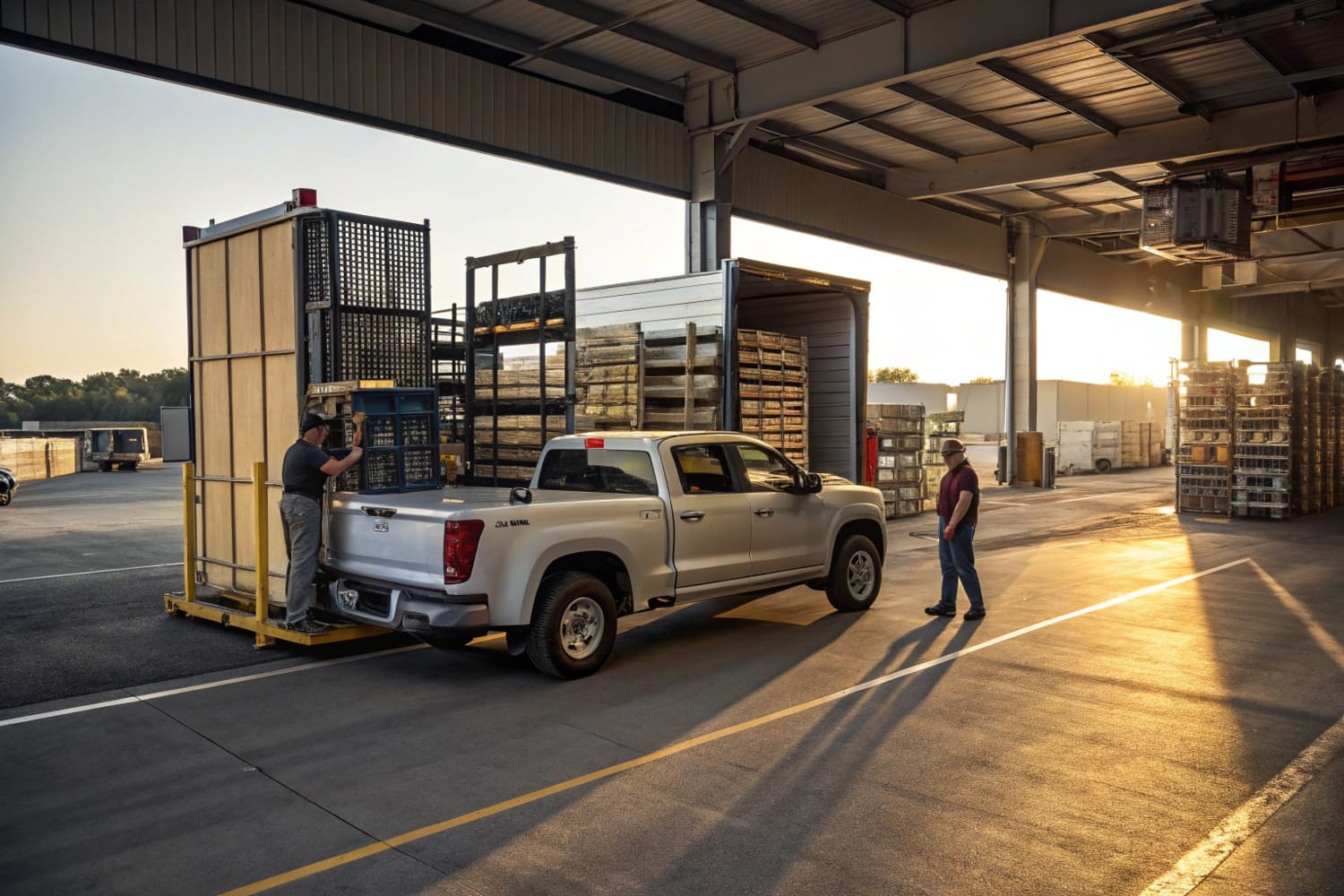Retailers remodel often. Perfectly good fixtures end up in storage or landfills. I feared wasting money on new units, so I hunted for smarter options.
Yes. You can legally buy used store fixtures and displays by contacting retailers during remodels, bidding at liquidation sales, or working with specialized resellers who collect surplus equipment.
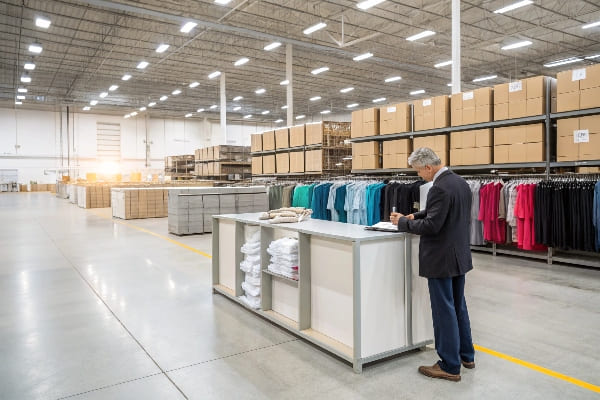
Every dollar saved on equipment can power new marketing ideas, so let us explore the details together and see how to secure quality pieces without risk.
What are the types of fixtures used in retail stores?
New managers walk aisles dreaming of striking shelves, yet the long list of fixture choices can freeze action. I once stared at spec sheets for a week.
Retail fixtures include shelving gondolas, pegboard panels, slat-wall sections, dump bins, nesting tables, display risers, mannequins, signage frames, and specialty POP cardboard units.
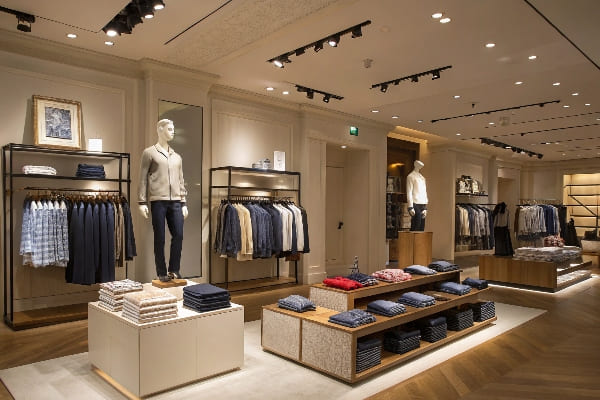
Common Fixture Categories
Shoppers judge products first by how they are shown. Good fixtures lift items to eye level and keep them in reach. Poor fixtures bury value. Below are core groups I inspect when touring closing stores.
| Fixture type | Common material | New price range | Typical used price | Practical lifespan1 |
|---|---|---|---|---|
| Gondola shelving2 | Steel, MDF | \$120–\$300 per run | \$40–\$90 | 10–15 years |
| Slat-wall panel | MDF with PVC edge | \$60–\$110 per panel | \$15–\$40 | 8–12 years |
| Pegboard panel | Pressboard | \$30–\$70 | \$10–\$25 | 5–8 years |
| Nesting table | Wood, metal | \$200–\$600 | \$70–\$180 | 7–10 years |
| Dump bin | Wire, acrylic | \$50–\$150 | \$15–\$60 | 5–7 years |
| Mannequin | Fiberglass | \$250–\$800 | \$80–\$250 | 8–12 years |
| Cardboard POP3 | Corrugated | \$8–\$40 | Usually new only | 1–3 months |
Lifespan and Cost Considerations
I check welds, paint chips, and missing hooks. Steel outlives MDF, but fresh paint covers scars. Wood tables accept sanding and stain. Cardboard display units work for short campaigns and ship flat. Whenever my factory designs corrugated stands we reinforce critical load zones so they survive the full promo window.
How often should retailers change their displays?
Customers lose interest fast. I once left a holiday gift tower up in March and sales sagged hard.
Most chains refresh key displays every 4–8 weeks to match seasons, promotions, and inventory turns.
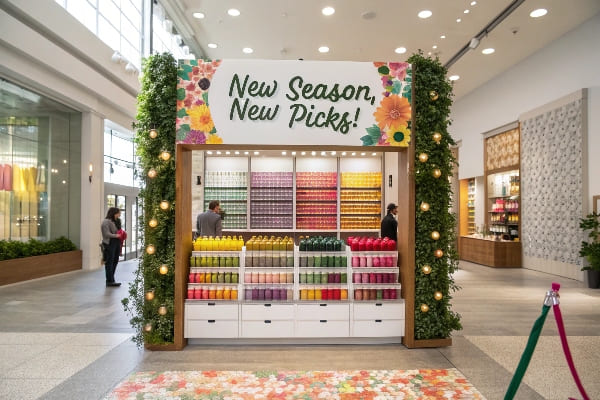
Retail Calendar Influence
Retail calendars4 mirror customer moods. Spring clearance, back-to-school, Black Friday, and post-holiday markdowns demand fresh scenes. Smaller specialty shops may update less, but still track local events.
| Sector | Typical refresh cycle5 | Peak makeover months |
|---|---|---|
| Fashion apparel | 4 weeks | Feb, May, Aug, Nov |
| Electronics | 6–8 weeks | Jan (CES tie-ins), Sep (launch season) |
| Grocery | 2–4 weeks | Monthly specials |
| Sporting goods | 8 weeks | Mar, Sep |
| Luxury cosmetics | 4 weeks | Apr, Oct |
Signs It Is Time to Refresh
Sales dip, dust gathers, or boxes hide behind props—these warn me a layout is stale6. I listen to floor staff; they spot shopper flow jams long before data shows red. A quick swap of graphics or a new cardboard header often revives energy without full fixture replacement.
Who sets up store displays?
During my first rollout I tried to install every rack myself. The store opened late, and I learned my lesson.
Store displays are set up by in-house visual merchandisers, store associates, or external installation crews hired by the brand or fixture supplier.

In-House vs Outsourced
Large retailers keep trained visual teams. They sketch concepts, build mock-ups, then direct night crews. Small chains delegate to store managers, who juggle stock counts and drill bits. When I ship custom cardboard displays abroad, I add clear QR-code assembly videos so part-time staff can handle setup without mistakes.
| Role | Core skills | Pros | Cons |
|---|---|---|---|
| Visual merchandiser | Design sense, planogram software | Brand consistency | Salary overhead |
| Store associate | Product knowledge | Immediate availability | Limited build time |
| Third-party installer | Speed, special tools | Handles rollouts fast | Extra cost |
| Supplier field rep | Knows fixture design | Solves assembly issues | Travel schedule |
Skill Sets Needed
Measuring tape, level, and impact driver cover 80 % of tasks. For electronics, licensed electricians must wire lights. For mannequins, a soft touch prevents chipped fingers. Cardboard units need only folding and locking tabs, yet weight testing during setup avoids collapse. My team includes remote support techs7 so installers can video-call if panels misalign.
What is product display in retail?
I once believed a display was just a stand. Then a mentor said, “It is silent sales staff.” That stuck.
A product display is any planned arrangement of goods and graphics designed to attract attention, communicate value, and drive purchase in a retail space.
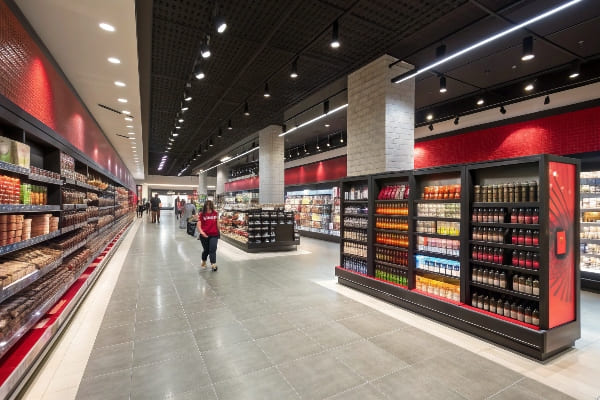
Goals of Product Display
Displays serve three jobs: stop shoppers, inform quickly, and make checkout easy. Good ones reduce shopper effort. Bad ones add friction and kill impulse buys.
| Goal | Tactics | Measurement |
|---|---|---|
| Grab attention | Color contrast, motion, lighting | Foot-traffic conversion |
| Explain benefits | Clear copy, lifestyle images | Time in front, aided recall |
| Prompt action | Limited-time price tags, QR coupons | Units sold per day |
Metrics to Track
I track sell-through rate8, average dwell time9, and margin lift10. Cardboard end-caps often lift category sales 20 % in four weeks when placed near high-flow paths. After each campaign I photograph wear points to refine design thickness for next run. Data loops back to my CAD team, cutting waste and sharpening ROI.
Conclusion
Used fixtures cut costs, fresh rotations keep interest, the right people install safely, and every display must sell, not just show.
Understanding the practical lifespan of fixtures helps in budgeting and planning for replacements, ensuring your store remains appealing. ↩
Explore the advantages of gondola shelving to enhance product visibility and customer engagement in your retail space. ↩
Discover how cardboard POP displays can boost your marketing efforts and attract customers effectively in short campaigns. ↩
Understanding retail calendars can help you align your marketing strategies with customer moods and seasonal trends. ↩
Exploring the refresh cycle can provide insights into maintaining customer interest and optimizing sales performance. ↩
Learning how to refresh a stale layout can enhance customer experience and boost sales effectively. ↩
Learning about remote support techs can improve your installation process and reduce errors during setup. ↩
Understanding sell-through rate is crucial for optimizing inventory and improving sales strategies. Explore this link for detailed insights. ↩
Average dwell time is a key metric for assessing shopper engagement. Discover its impact on sales and strategies to improve it. ↩
Margin lift is essential for profitability. Learn effective methods to enhance margin lift and boost your retail performance. ↩

